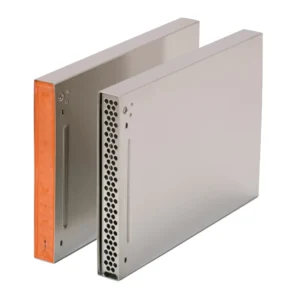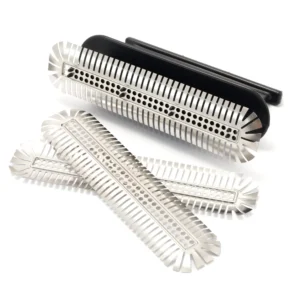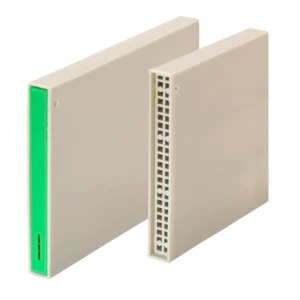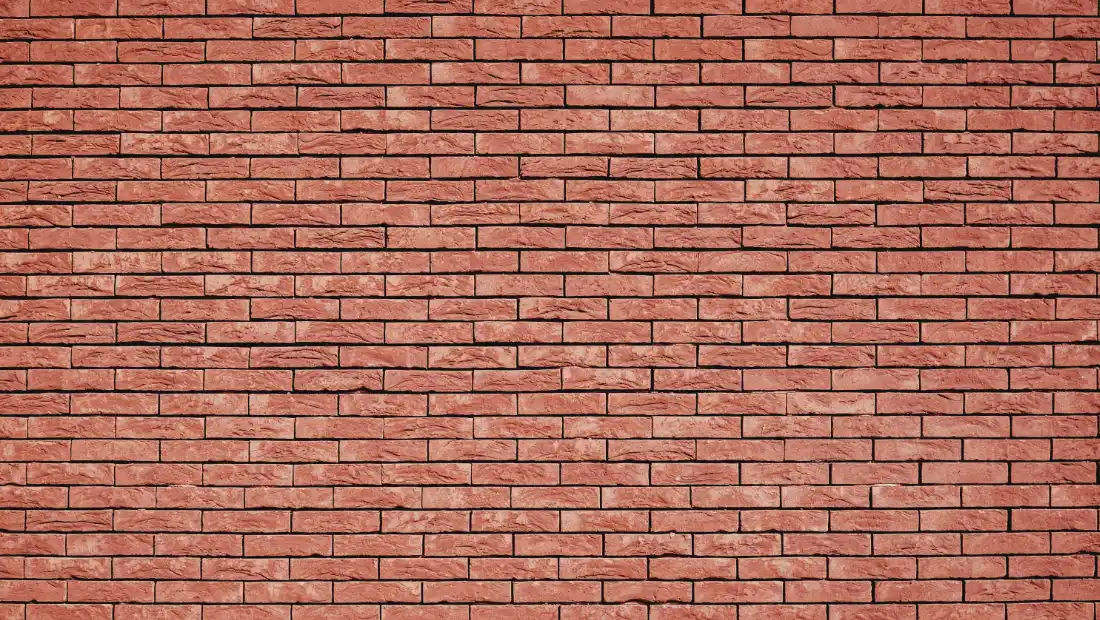
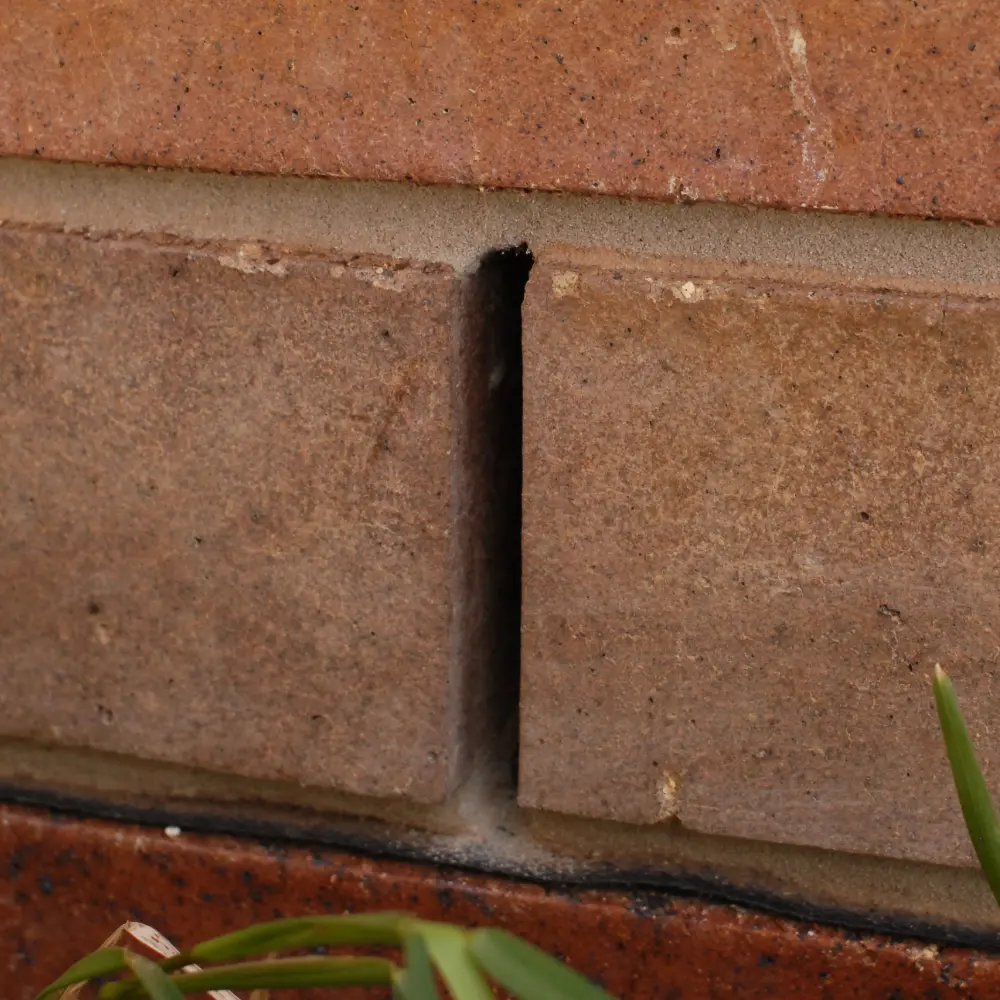
What are brick weep holes?
Brick weep holes, also known as brick breather holes or brick weeps, are small openings that you will find on most bricks homes or buildings.
These openings are intentional and created to help protect the building against damage caused from the build up of moisture inside the wall cavity.
They usually appear as small vertical spaces in the mortar of brickwork and are spaced evenly at specified intervals. Brick weep holes can also be found near windows, doors and along retaining walls.

Do you need brick weep holes?
Brick veneer weep holes prevent water damage by allowing air to circulate in cavity walls and provide a channel from which water can escape. Bricks and their mortar are porous by nature, meaning moisture and water can be absorbed into the cavity behind the brickwork. This may occur due to rain penetration, flooding from plumbing damage, or condensation from heating and cooling. Without an exit point for the water to escape, or good ventilation to reduce condensation, this moisture can degrade the materials in your building’s structure and cause serious problems.
How are they made?
In modern brick buildings, weep holes are often created using a former, which is an enclosed unit that bricklayers install during construction. Bricks are laid around the former to create these important breathing holes in brick walls. A high quality former is made from robust materials and can help bricklayers achieve an attractive finish, especially when a wall has been rendered. In poorly constructed brick buildings, and times gone by, these openings were constructed roughly on site using various means that often resulted in poorly formed spaces that impede ventilation and drainage.
What problems can they cause?
Despite their many benefits, brick weep holes can cause problems with pests. These openings through your brickwork provide direct access to your home for a range of critters seeking shelter, warmth or food. Cockroaches, spiders, bees and wasps can all infiltrate homes through these holes but even larger pests such as mice and snakes are known to squeeze through these impossibly small gaps. Once inside your structure, there are numerous ways for these vermin to access the internal zones of your home and getting rid of them can be difficult without securing their external access points.
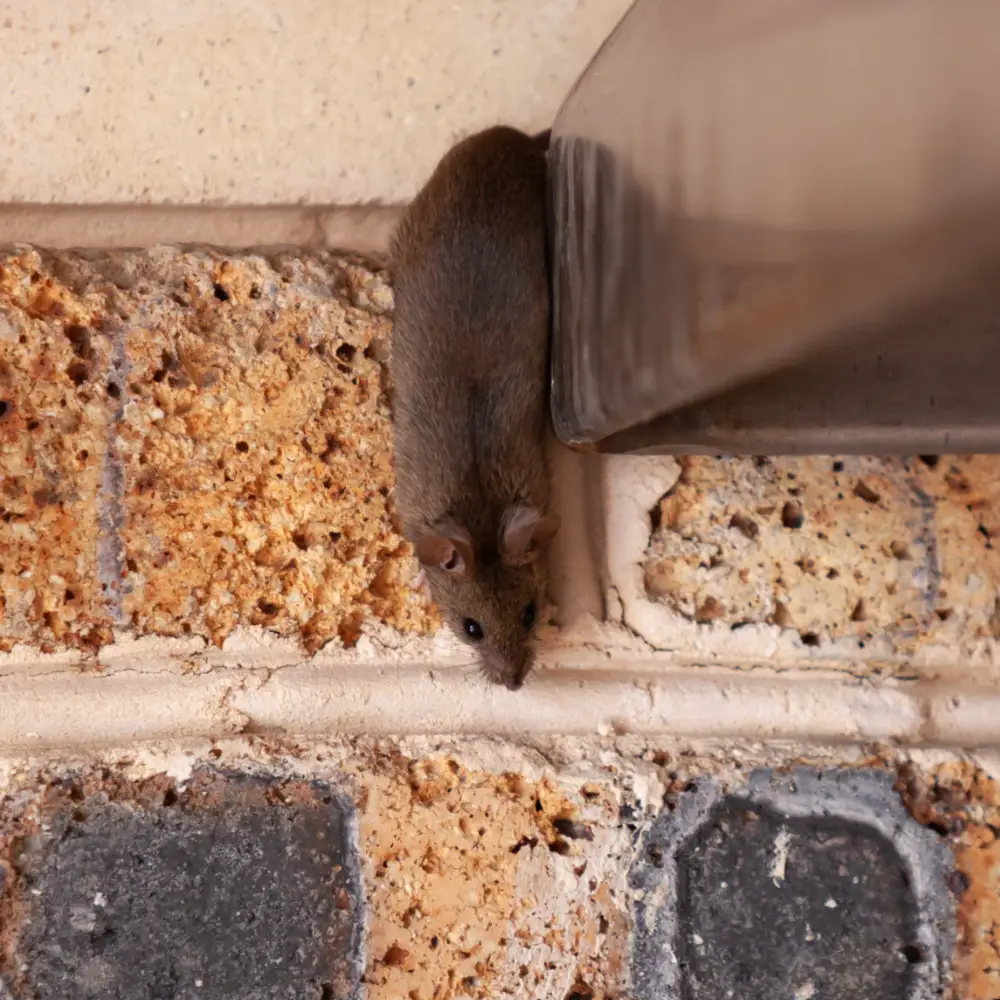
Can you cover brick weep holes?
Often, the immediate impulse for home occupiers is to cover brick weep holes when they have a pest or rodent problem. However, covering or blocking these access points will disrupt the ventilation and drainage of your brick cavity walls which can cause major damage to your building’s structure. Trapped moisture in a cavity wall is the perfect environment for the formation of mould and mildew. These fungal growths cause rot that can quickly degrade the internal materials of a building. Thankfully, there are ways to secure these entry points to your home whilst maintaining their functionality.
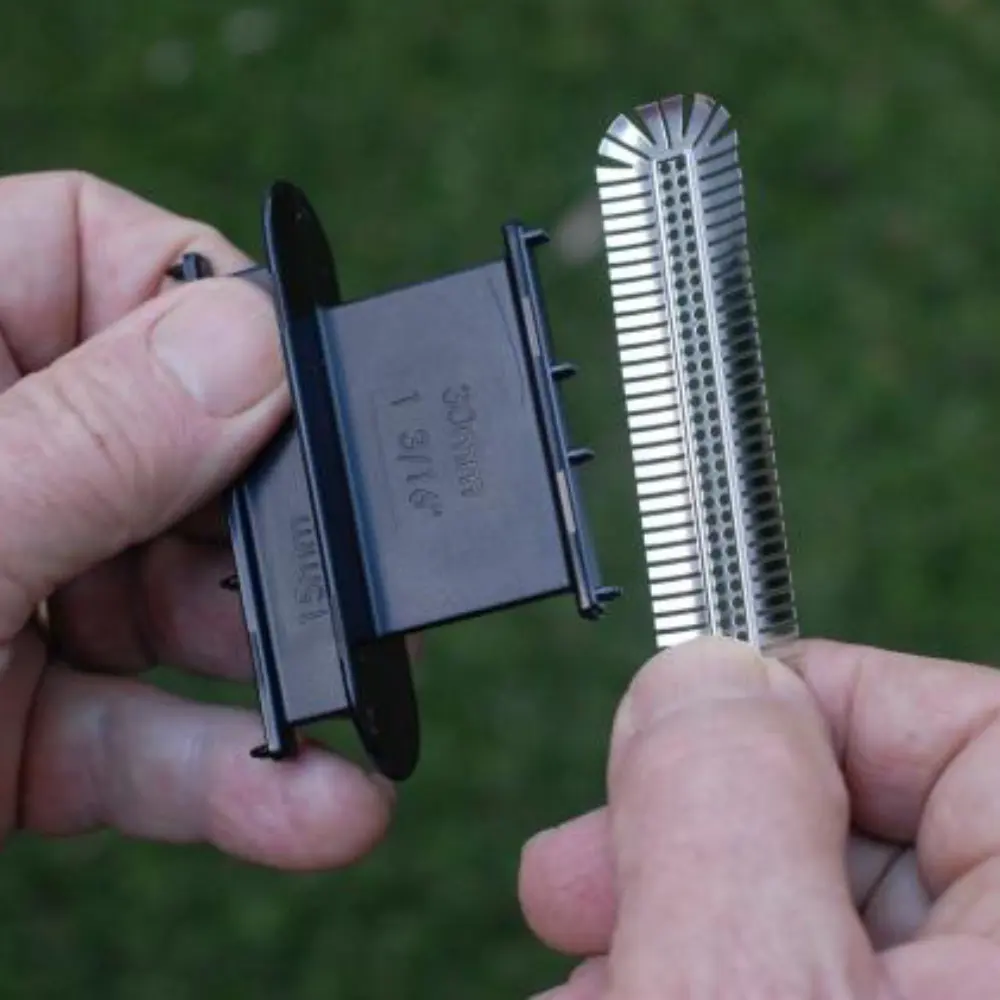
How can you secure them?
The best approach to securing your existing home’s brick weep holes is by using retrofit products from a weep hole covers NZ supplier. These products feature a screen that acts as a physical deterrent to pests whilst still allowing for adequate air flow and water drainage. For a newly constructed home, quality formers can be used during construction to provide you with an attractive finish as well as the protection of a screen to keep pests at bay. Alternative approaches, like using mesh or steel wool, do not provide adequate protection, deteriorate quickly, and can create problems with your building’s ventilation and drainage.
Wrapping up
Brick weep holes are an important feature of brick cavity walls as they help prevent water damage by aiding ventilation and drainage. While they can provide an entry point for pests, covering weep holes in brick walls is a definite no-no due to the damage this can cause to a building’s structure. Instead, high quality screens and covers can be used to keep vermin out whilst maintaining the utility of these very important openings.
